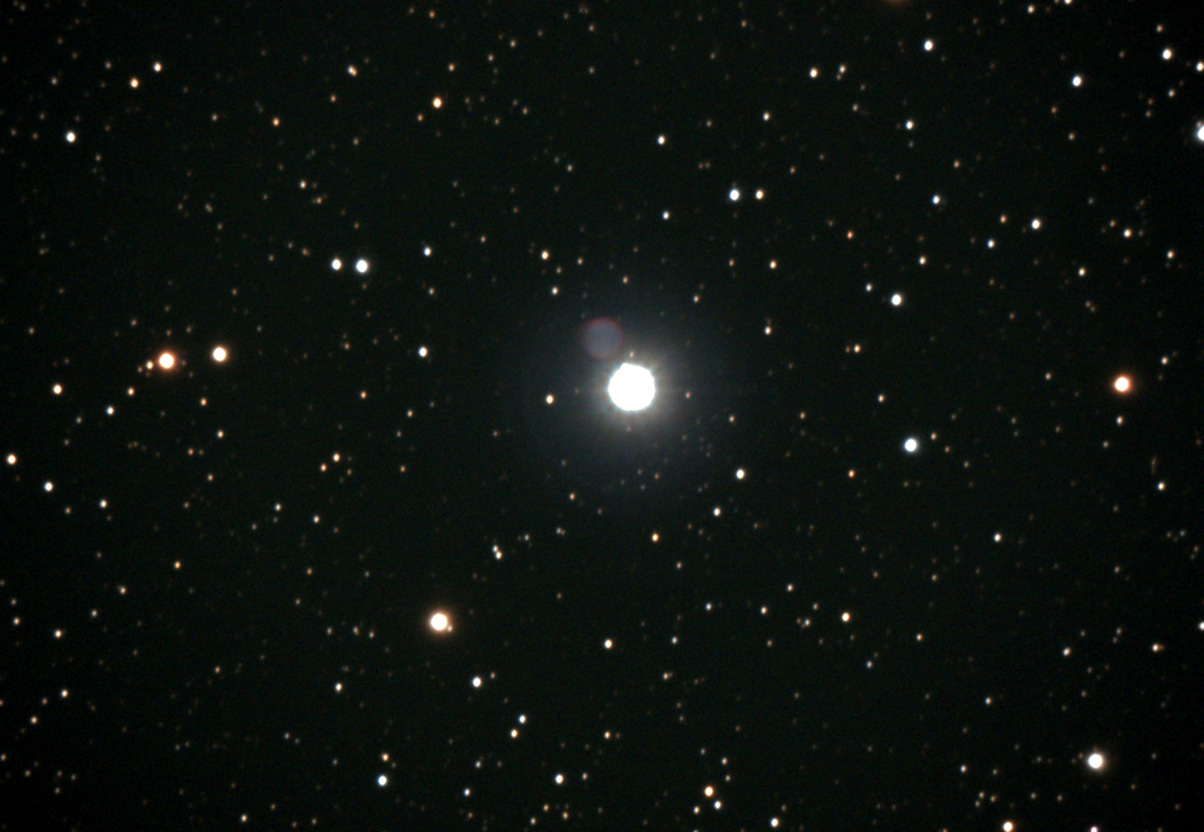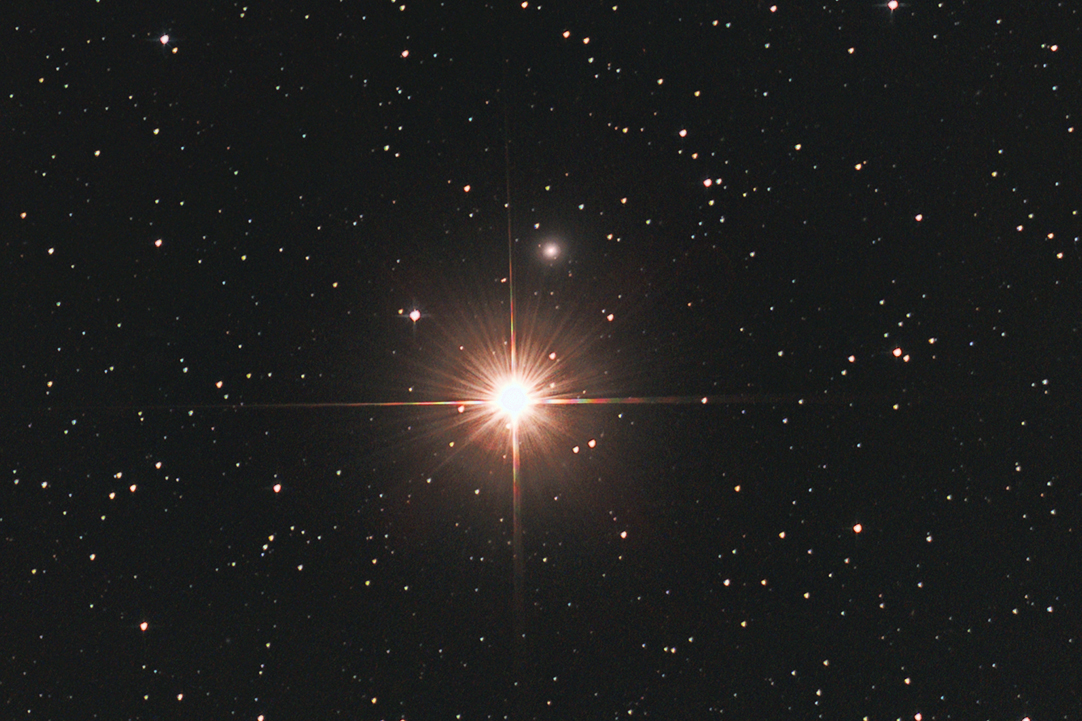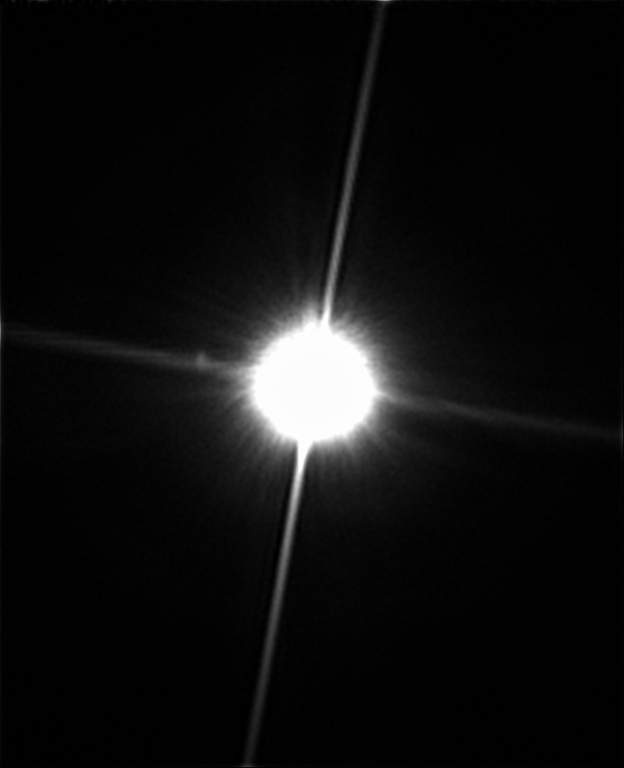2021 February 17
Observers Challenge – In the glare of starlight

There are many observing targets that get overlooked because of their proximity to a bright star makes observation difficult. One the plus side, the brightness of the star makes the target much easier to find! This month’s challenge is three such objects.
First up, and should be early on your observing list for an evening at the moment, is NGC 404.
NGC 404 is a dwarf lenticular galaxy which lies close to the star Beta Andromedae, which lends its name to the nickname for NGC 404, Mirach’s Ghost. Mirach is an easy to find 2nd magnitude star often used as a finder for M31, just offset from the star is the 11th magnitude galaxy. The galaxy is fairly compact making to not too hard to see. But the glare of Mirach does distract. The separation is a touch under 7 arc-minutes.
 A planetary nebula is the next challenge – Abell 12 in Orion.
A planetary nebula is the next challenge – Abell 12 in Orion.
This is a much tougher observation as the nebula is just about one arc-minute separated from the star Mu Orionis. Fourth magnitude Mu Orionis is easy to find, marking the right elbow of Orion, a short distance away from Betelgeuse. A nebula filter (UHC or OIII) will help reduce the brightness of the star and enhance the contrast of the faint nebula, and some substantial magnification may help too. A telescope with aperture of about 200mm or more is probably needed to view the PN.
Finally at this time of year, Sirius is still well placed for viewing, and the ‘Pup’ is our final target.
The Pup (Sirius B) is still about at its furthest from Sirius, and will be for a few years more. Seeing the magnitude 8.5 Sirius B lying about 10 arc-seconds from magnitude -1.46 Sirius is a serious challenge though. We actually had a challenge on spotting the Pup a couple of years ago – so you can find out a bit more about this challenge here.
Whilst all these targets are a big challenge for the visual observer, those imaging may find these not so hard. Though a good image scale will be needed to split the targets from their neighbour. Sirius and the pup will be the most challenging and planetary imaging techniques rather than deep sky may prove fruitful.
As always, please send your observations to the Deep Sky Section, and post to your Members Album. Good luck!
| The British Astronomical Association supports amateur astronomers around the UK and the rest of the world. Find out more about the BAA or join us. |


